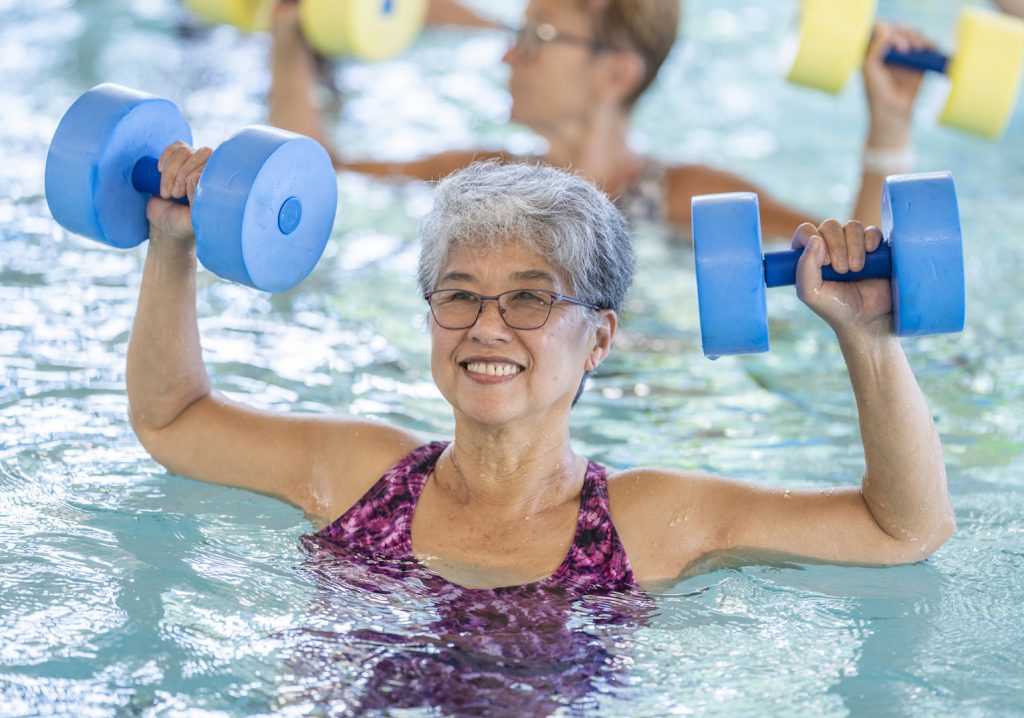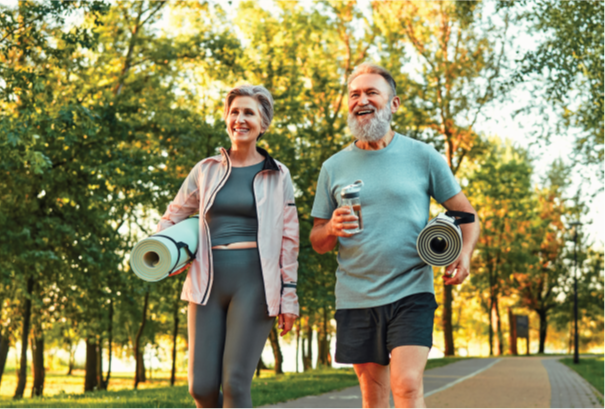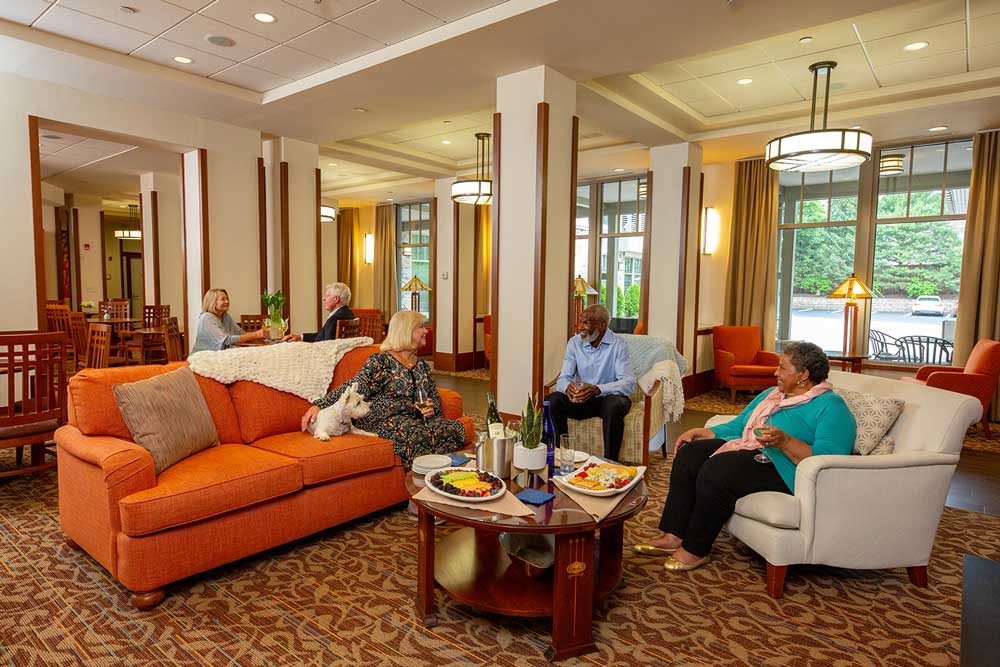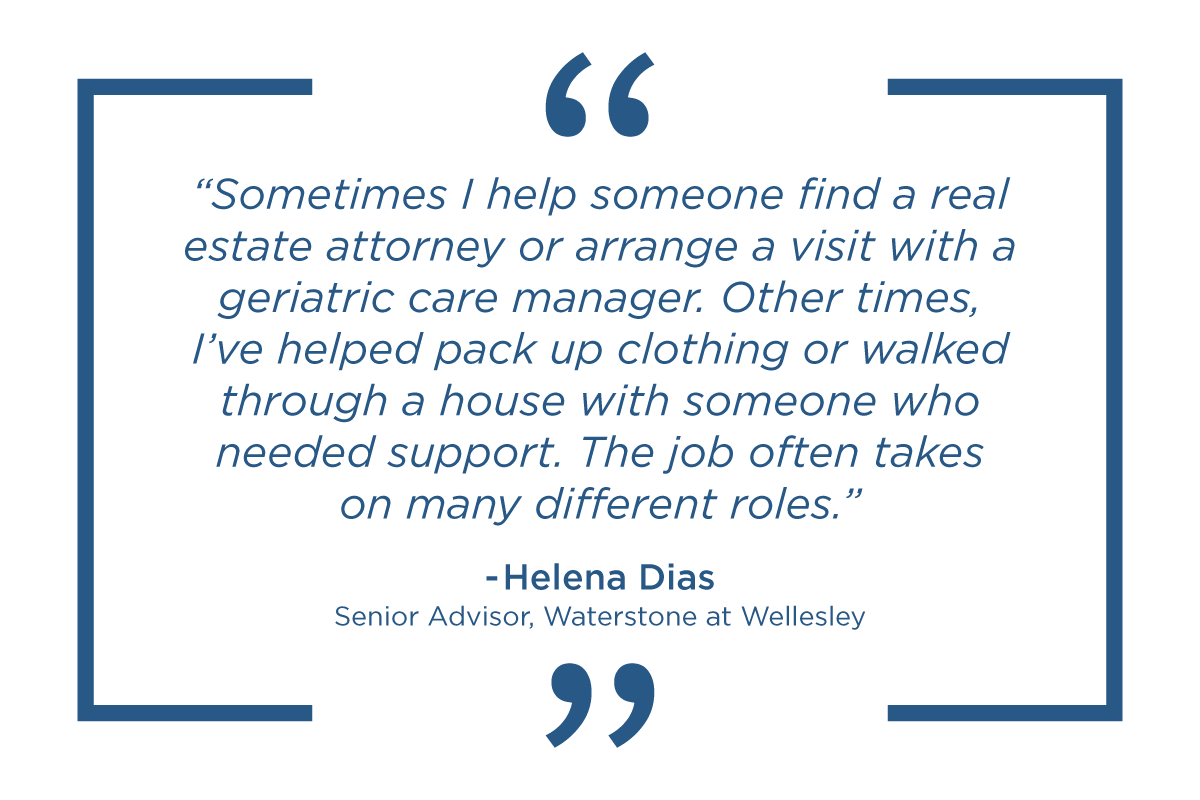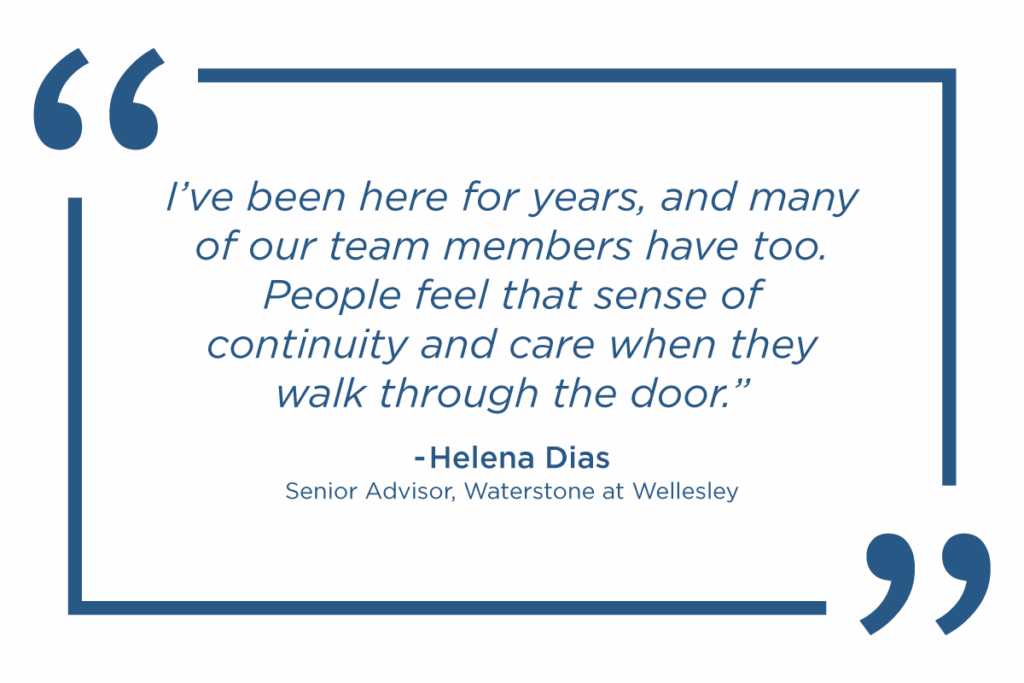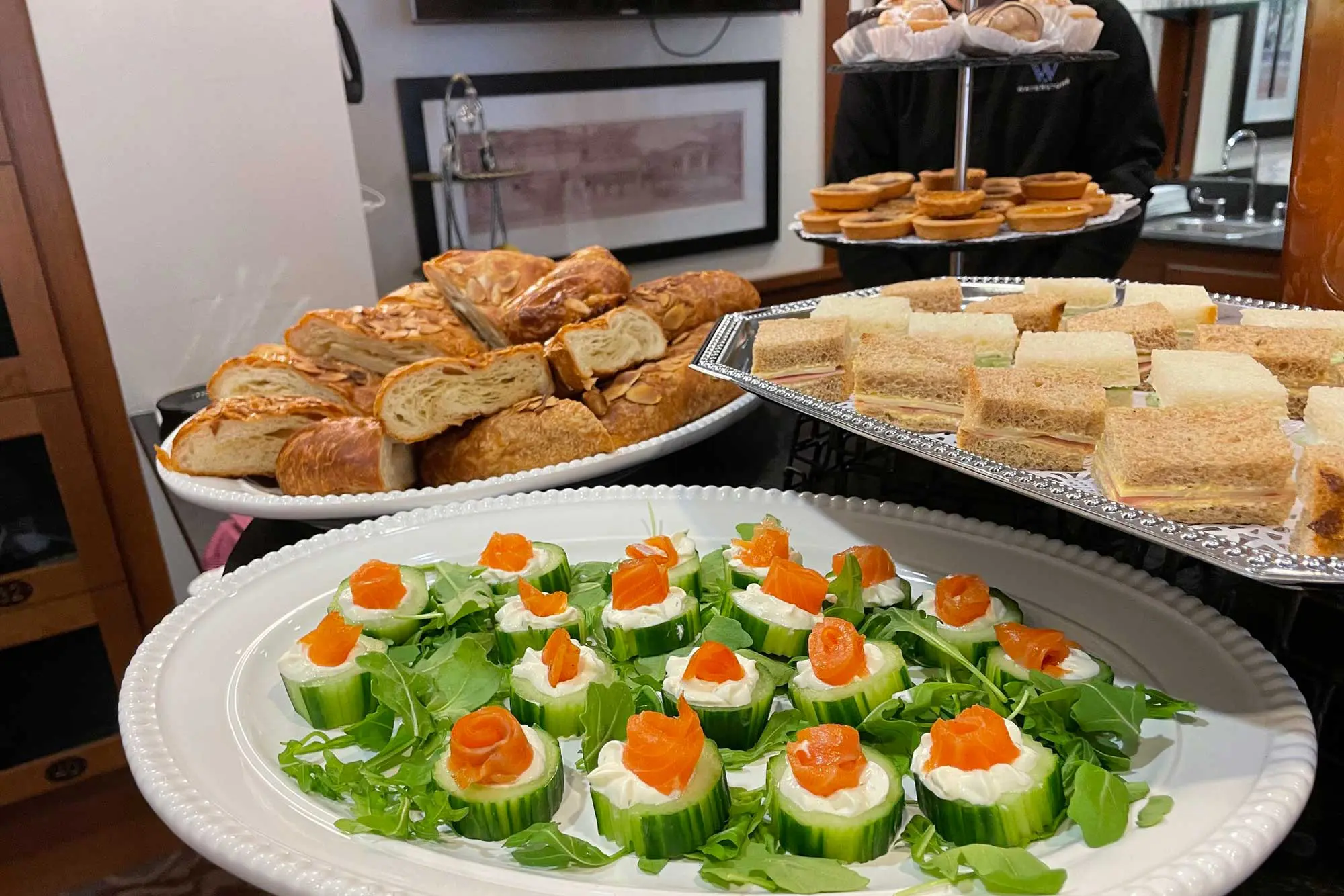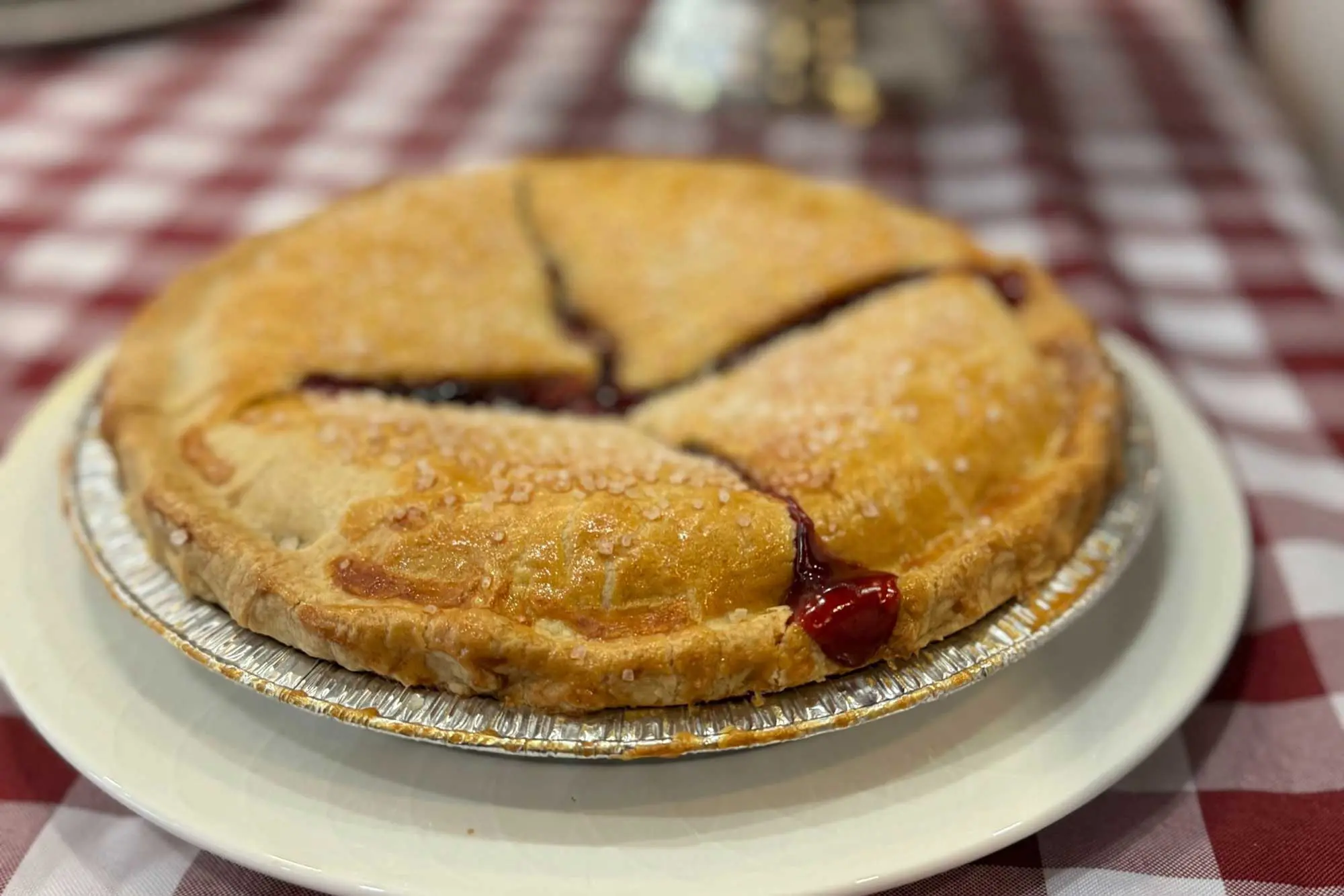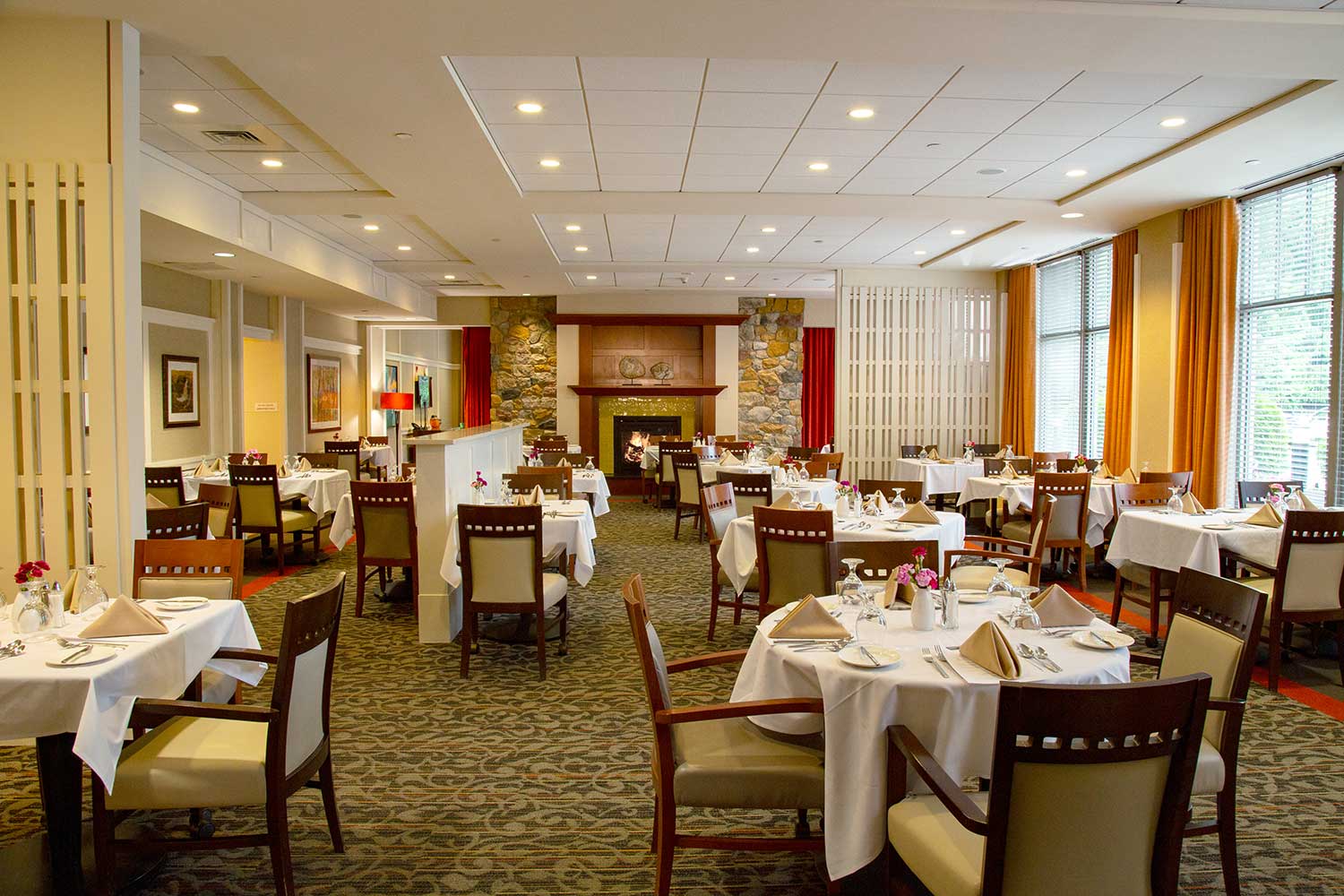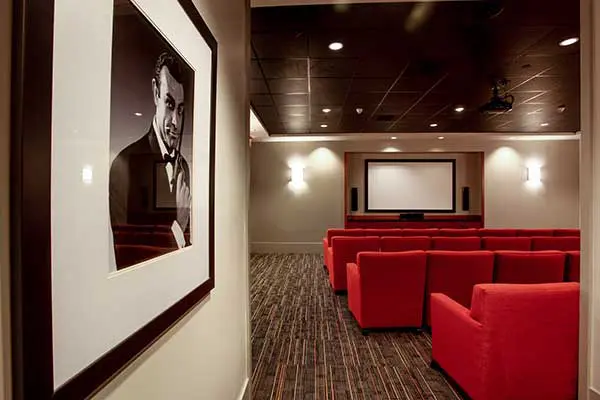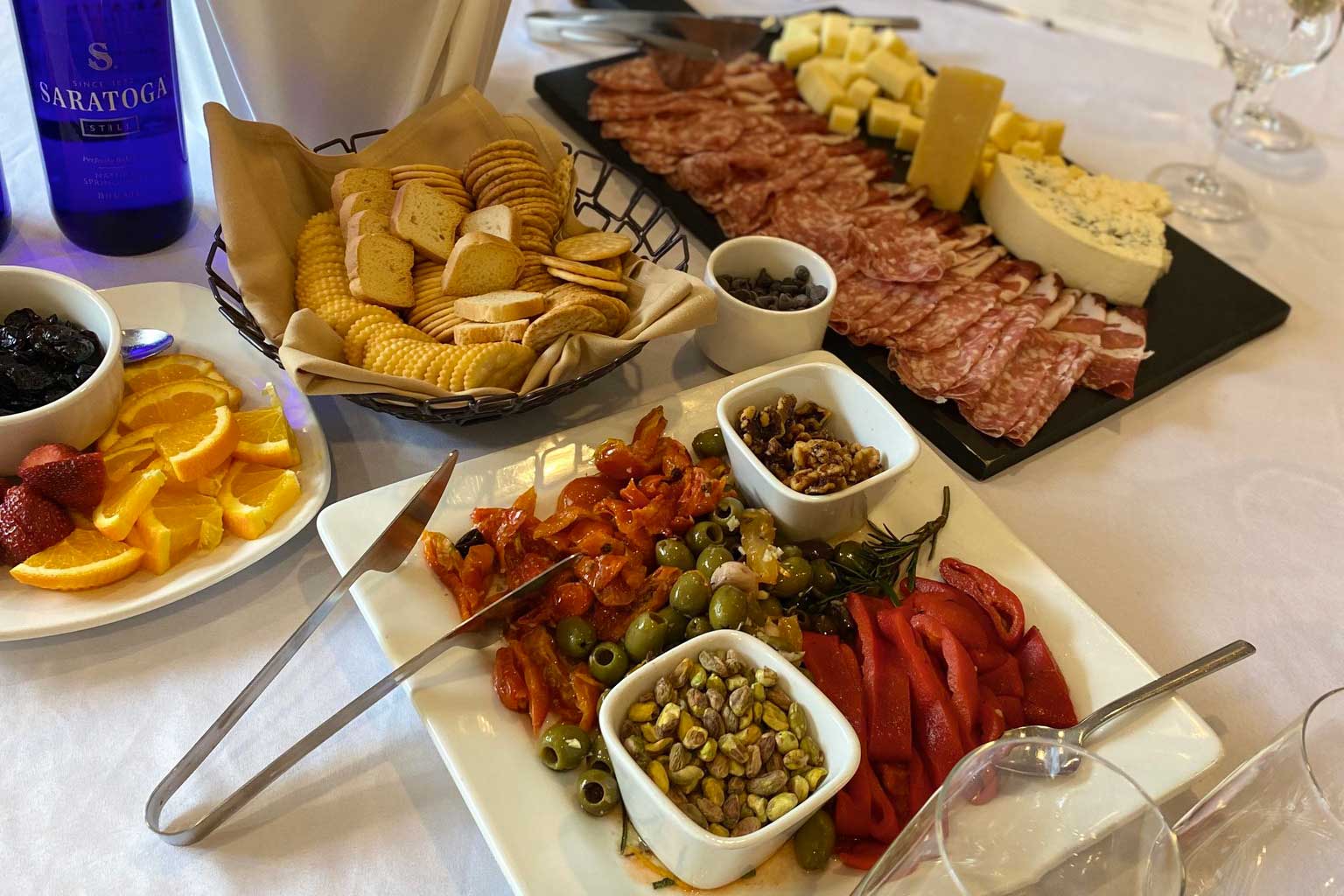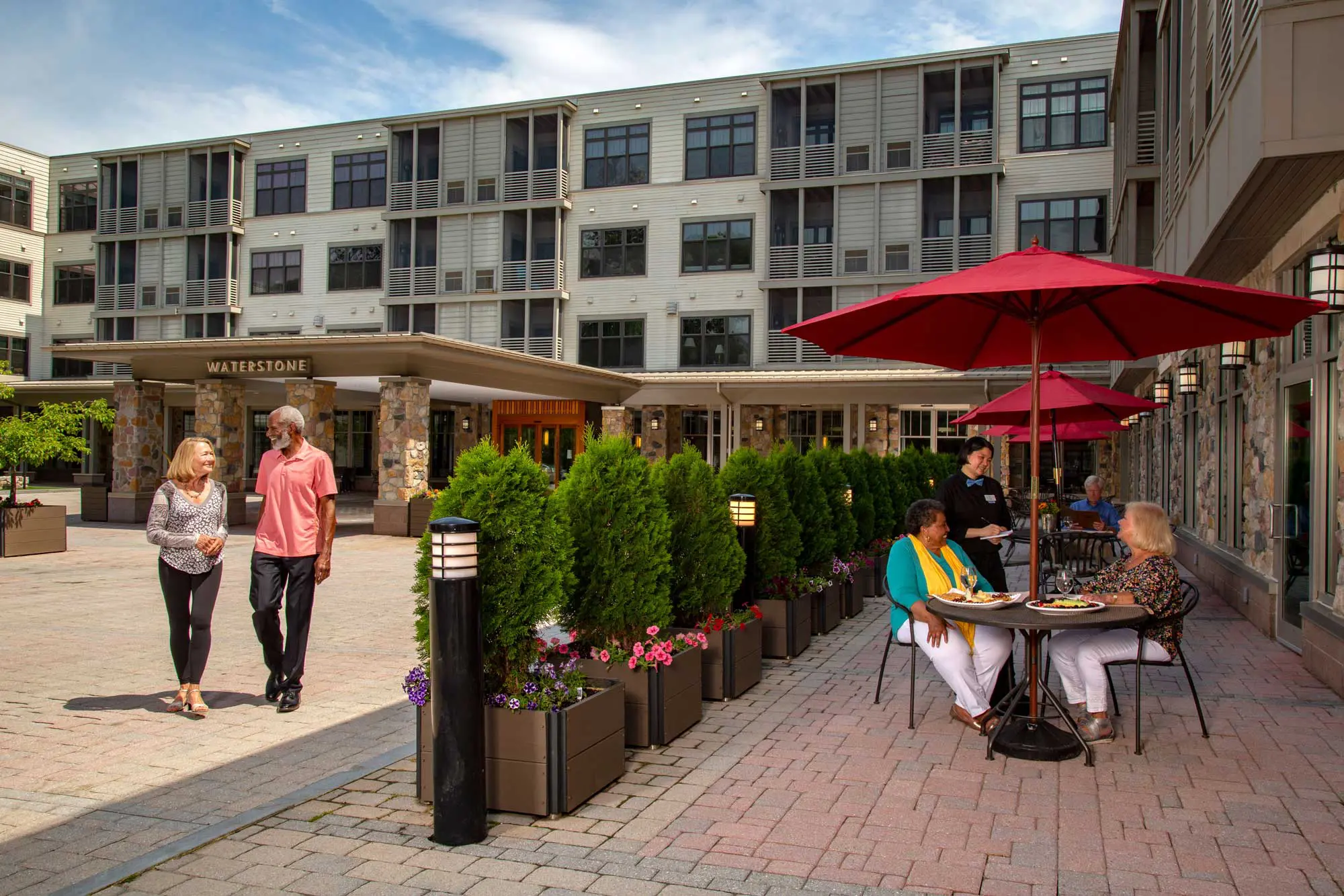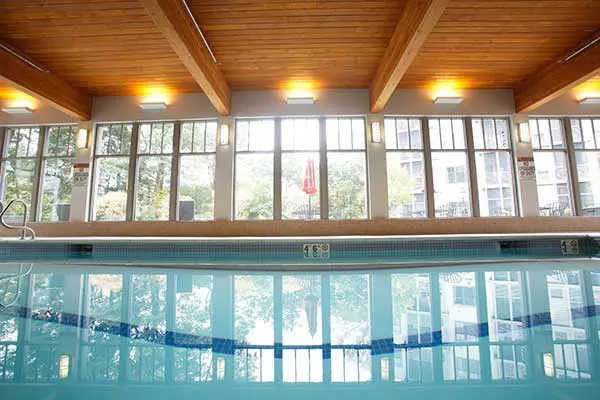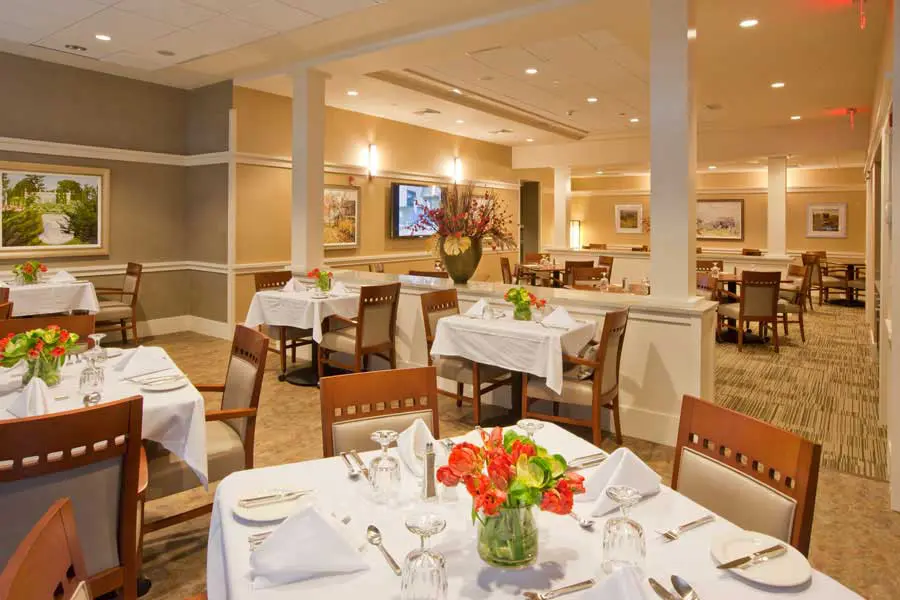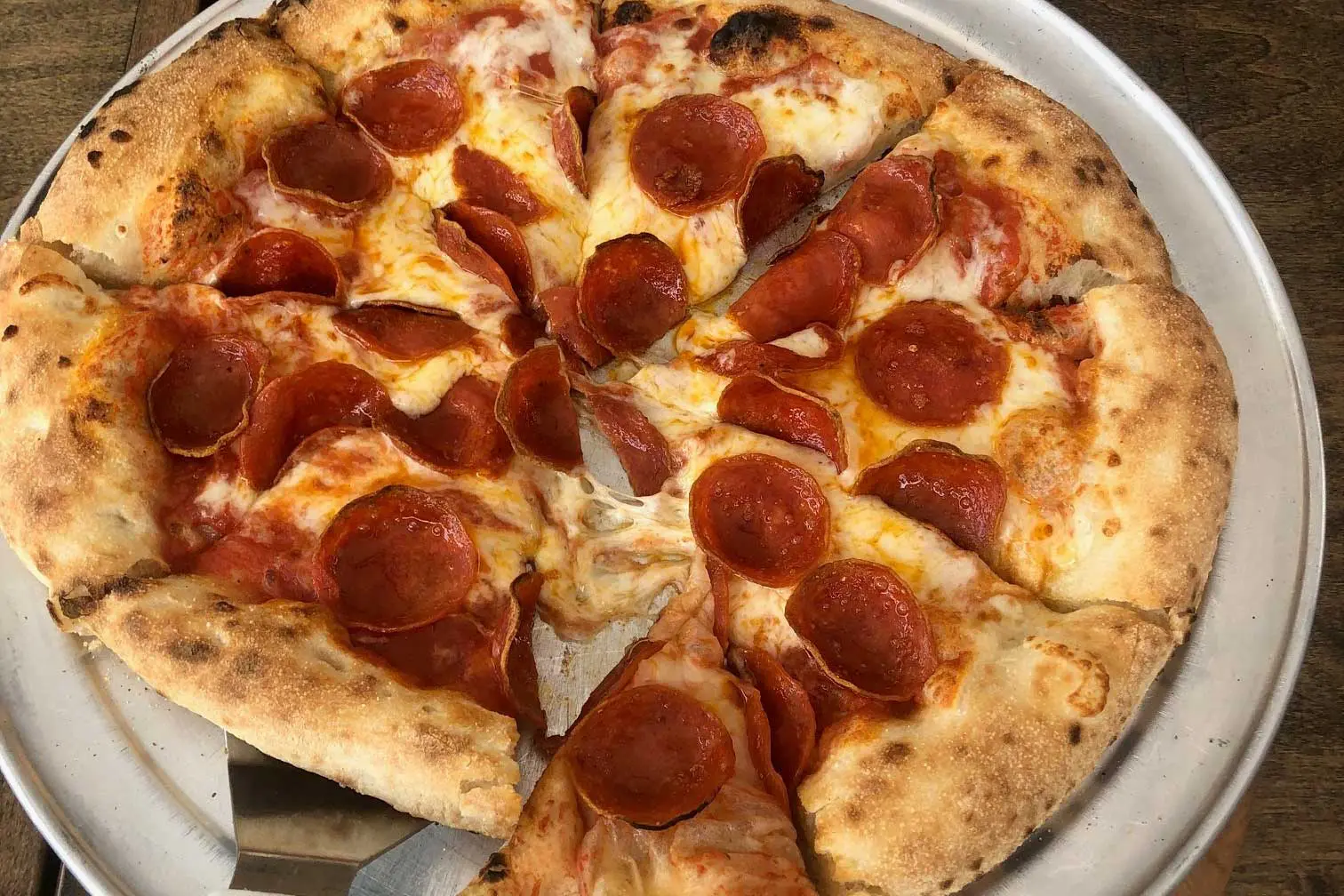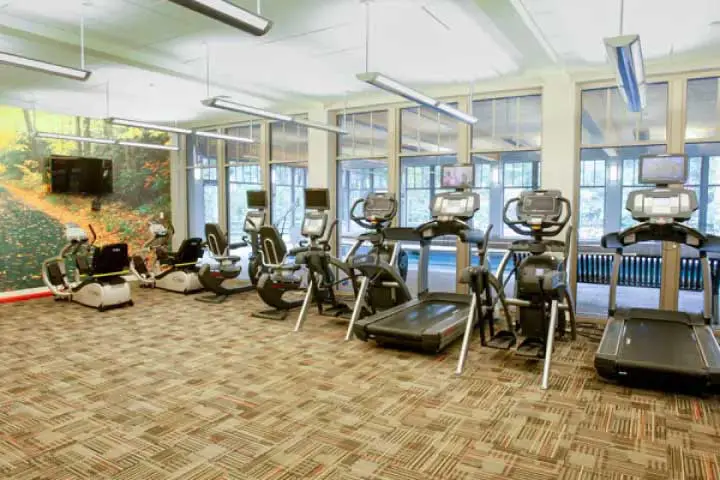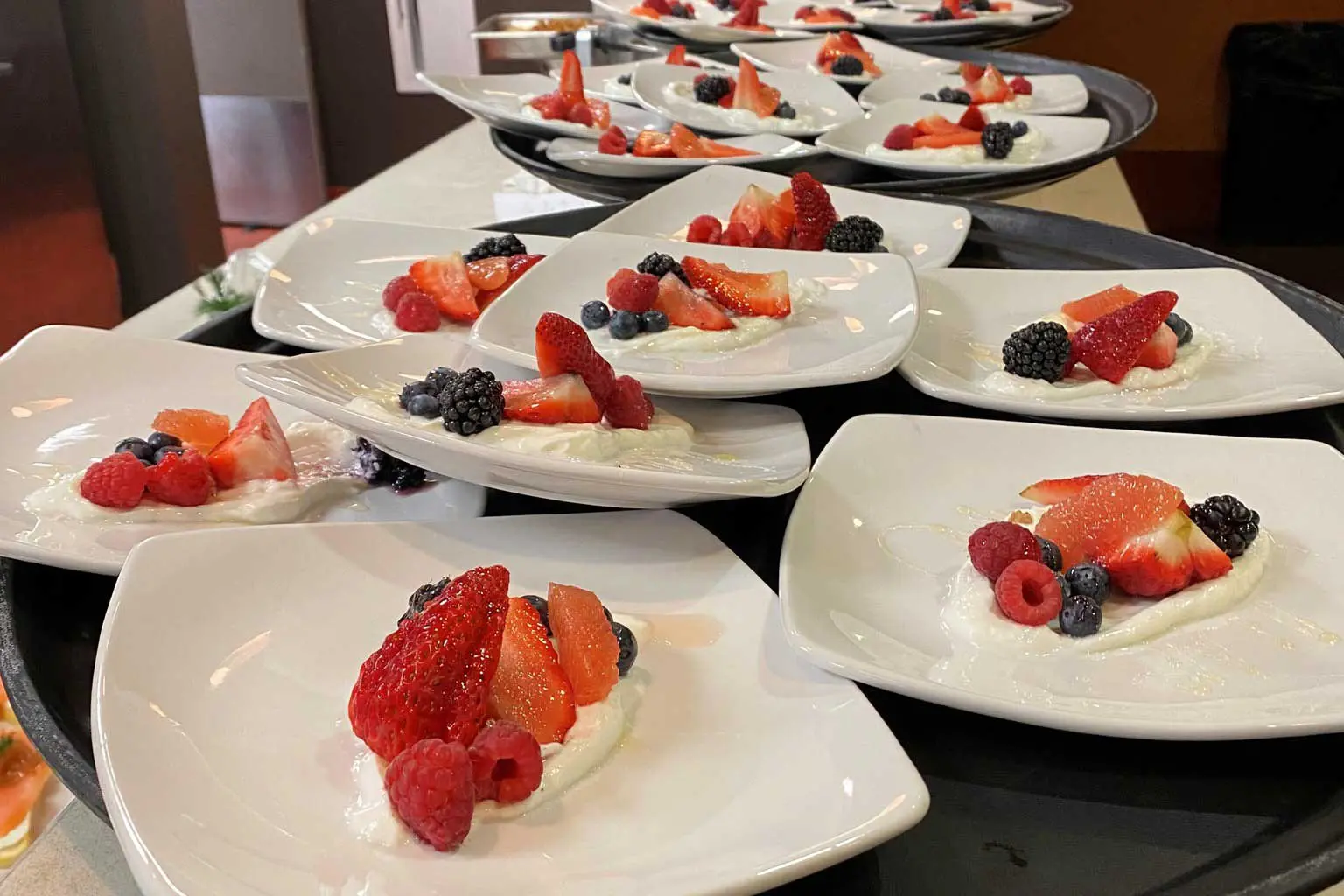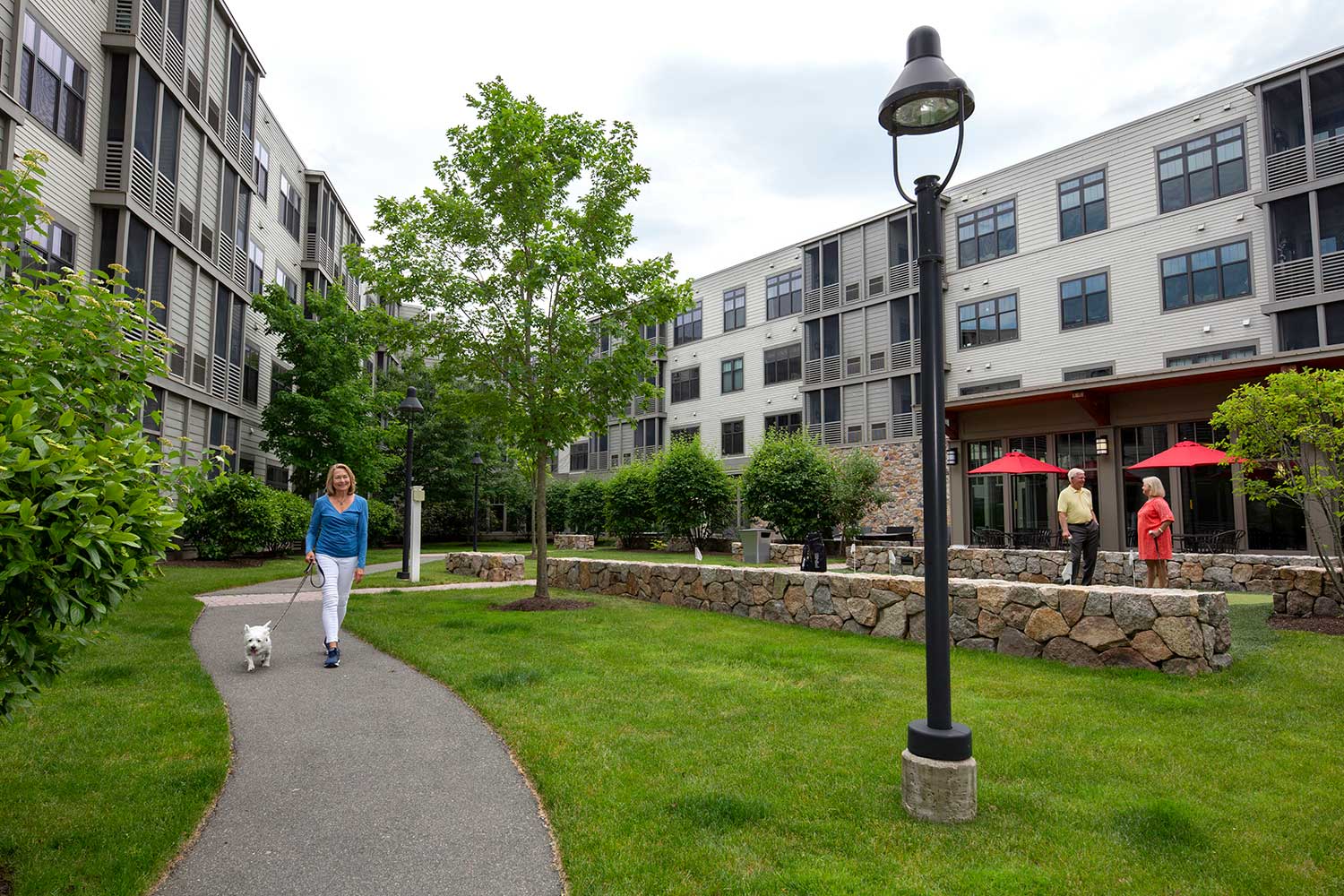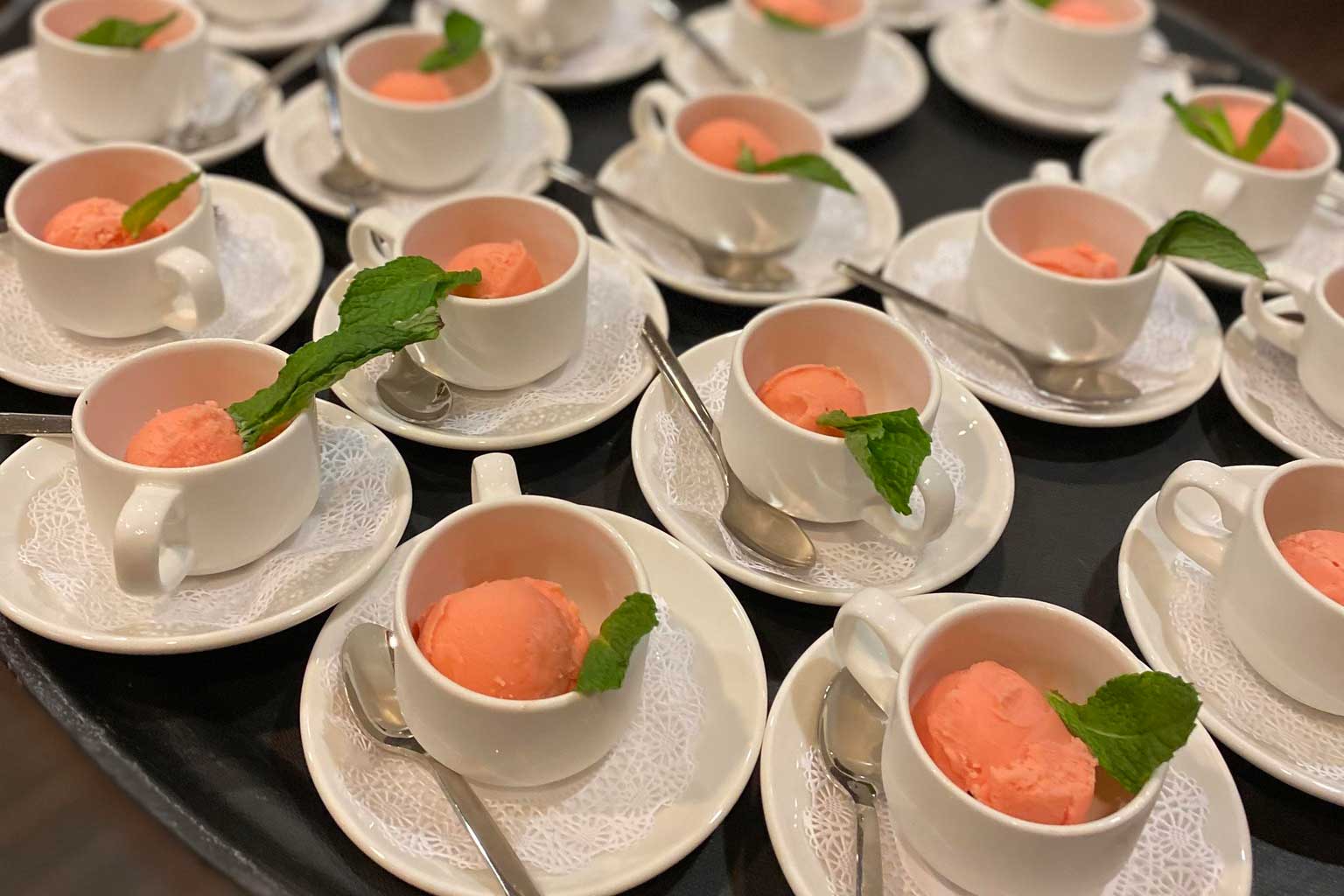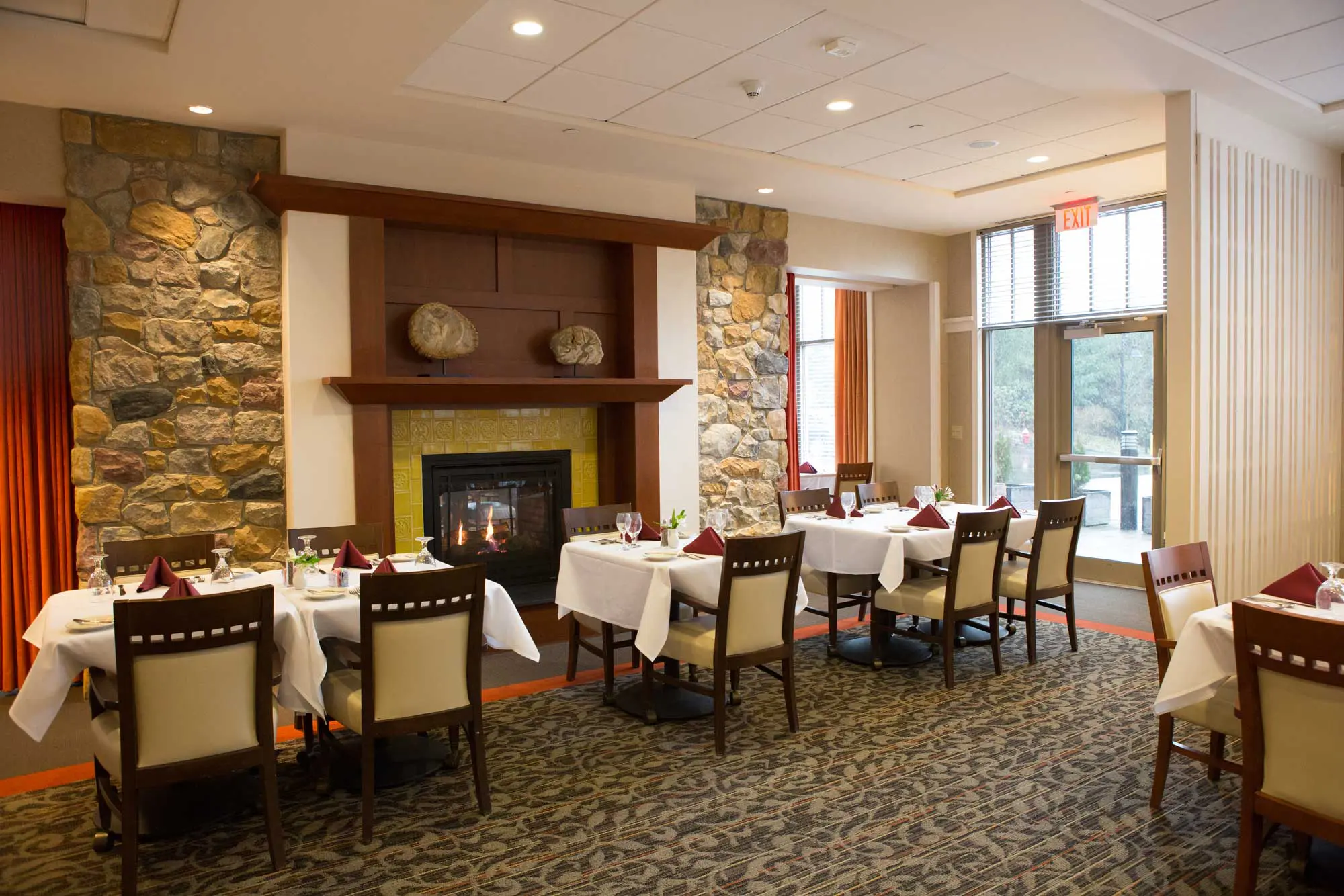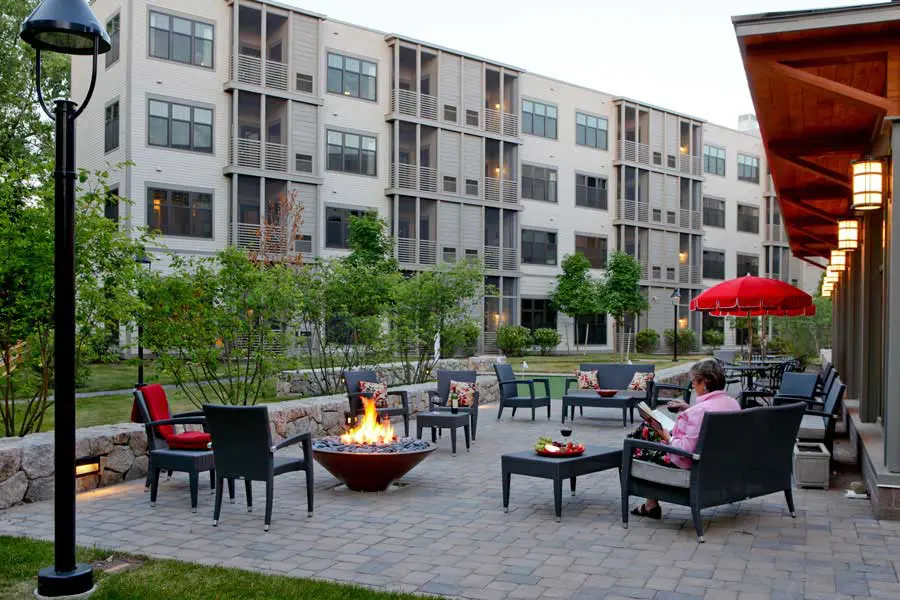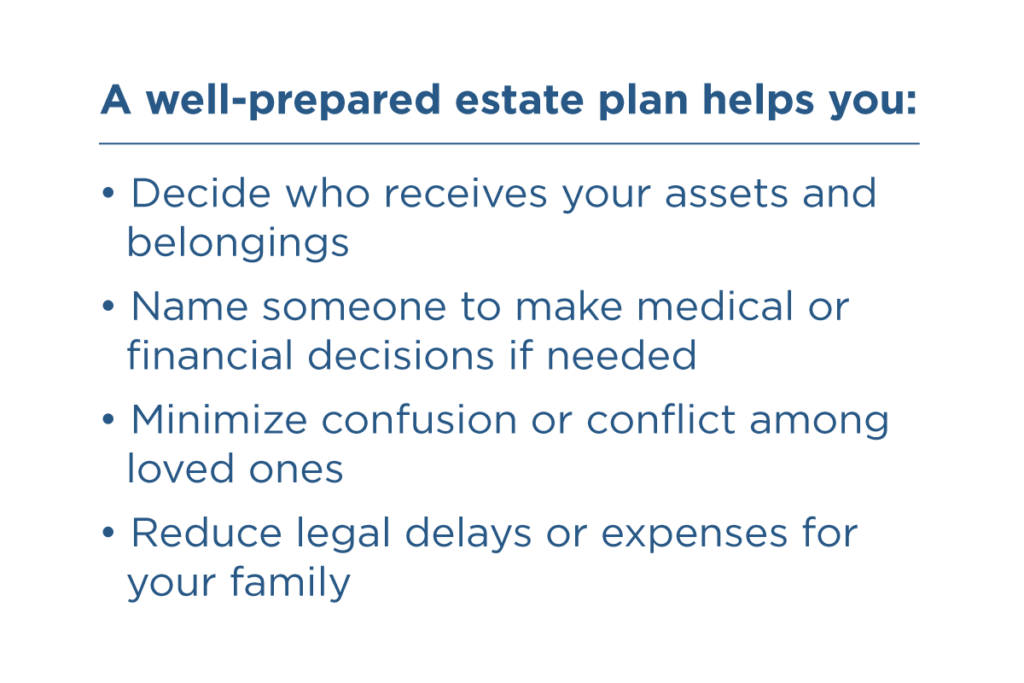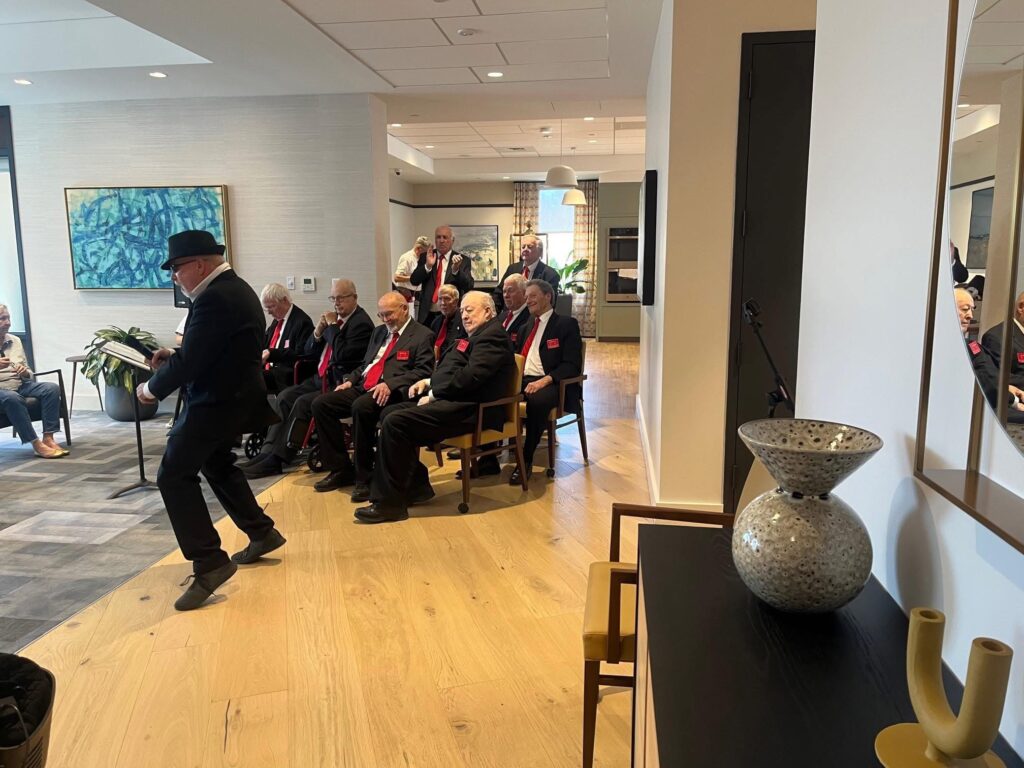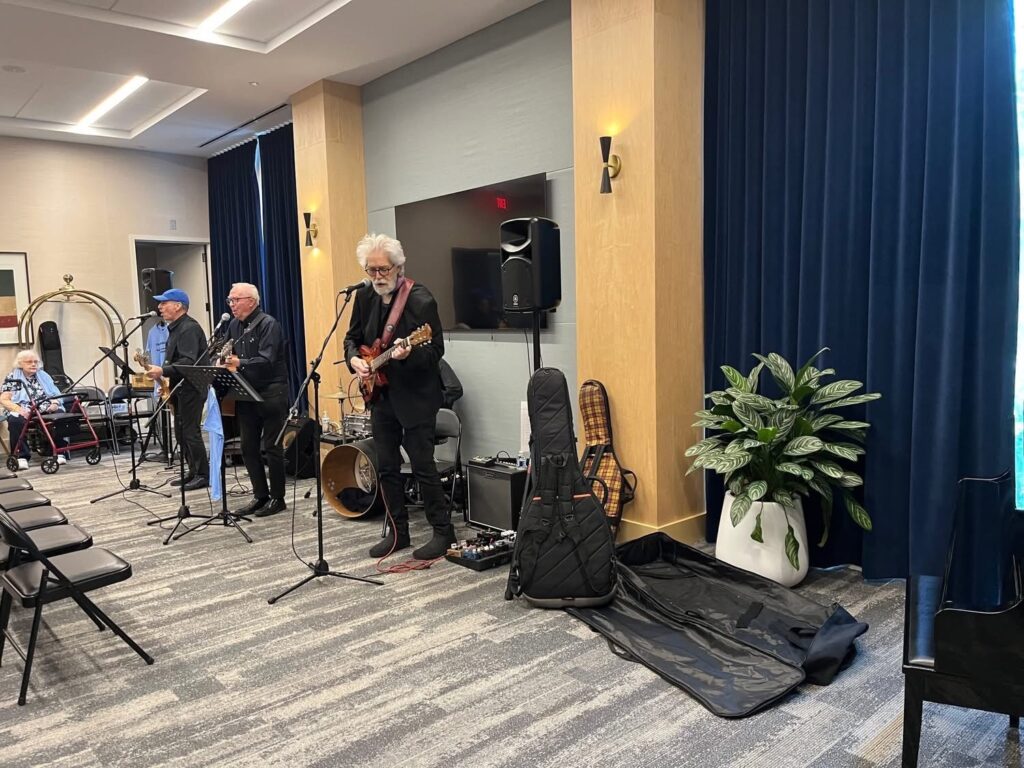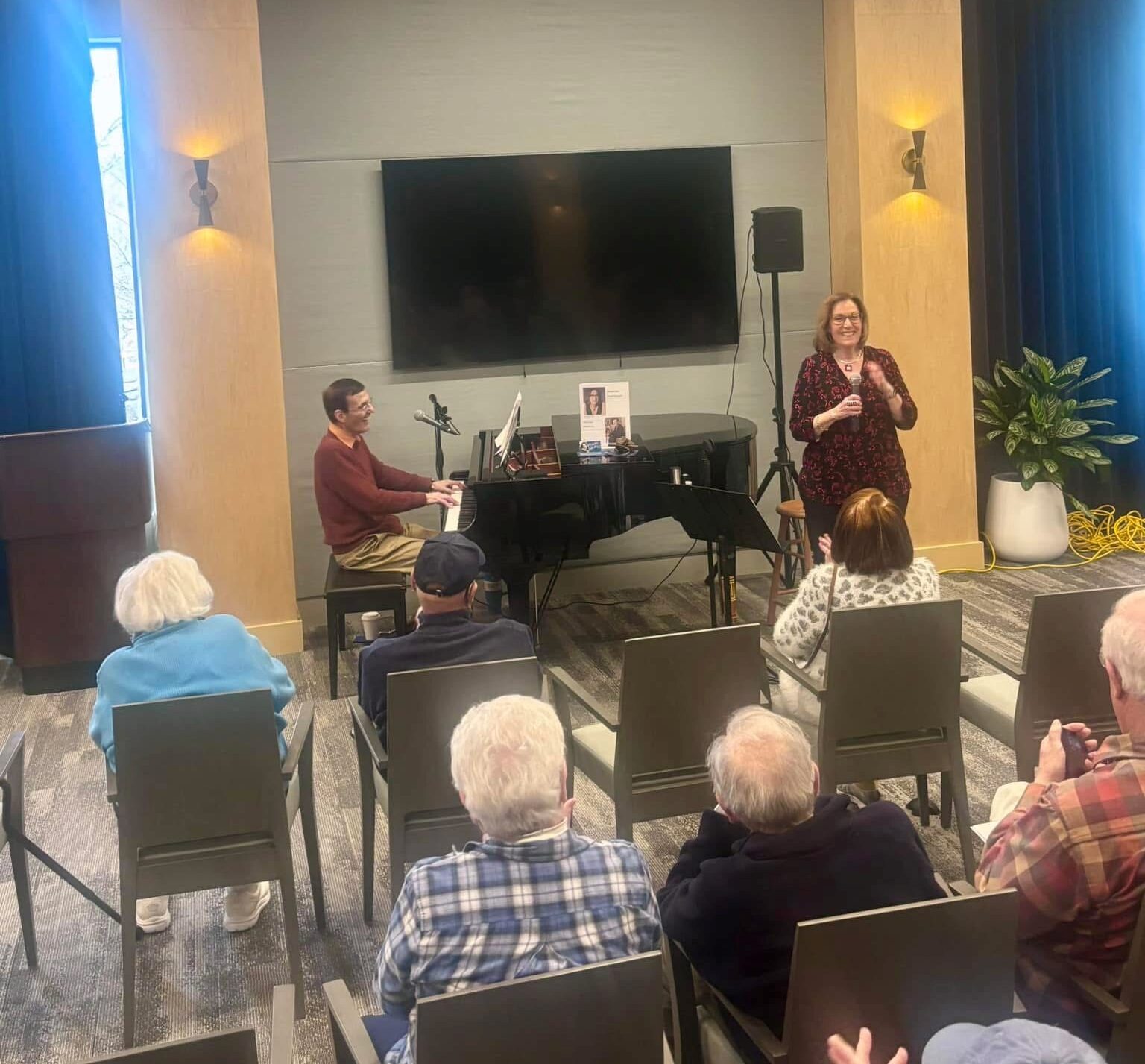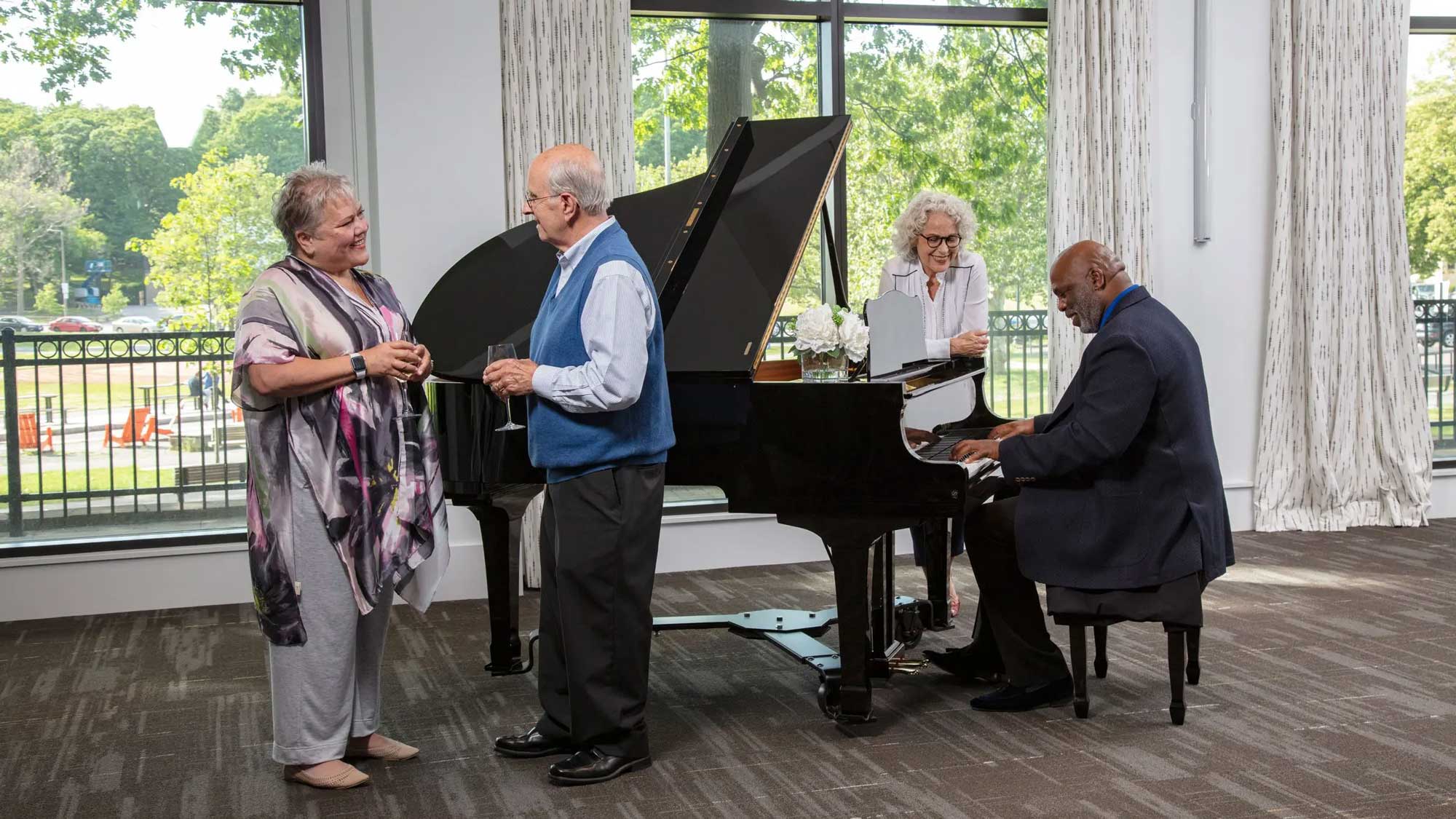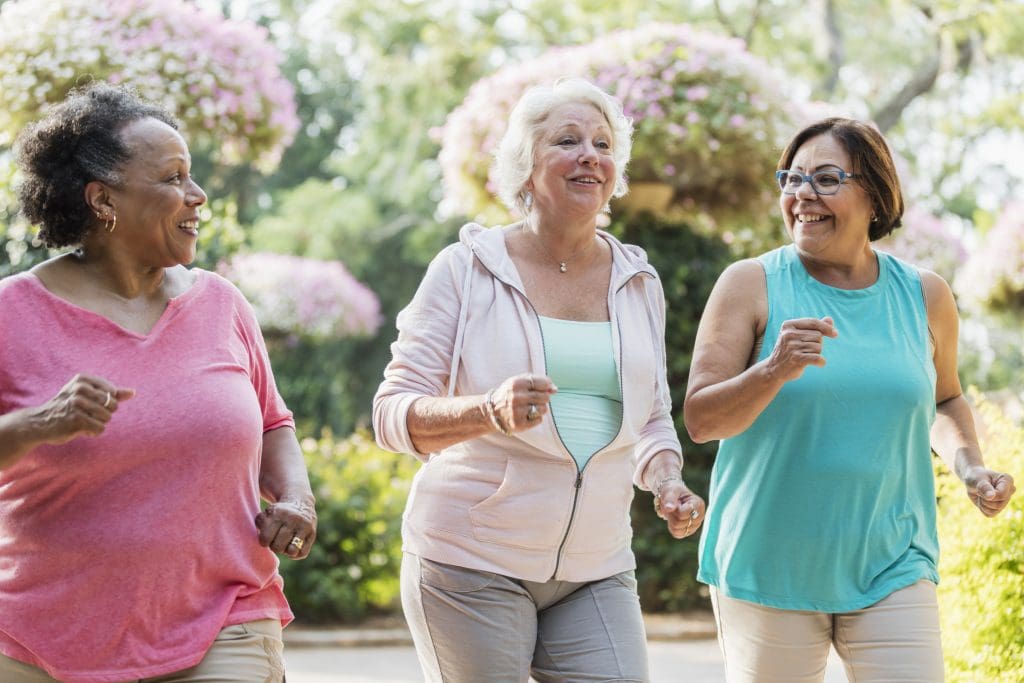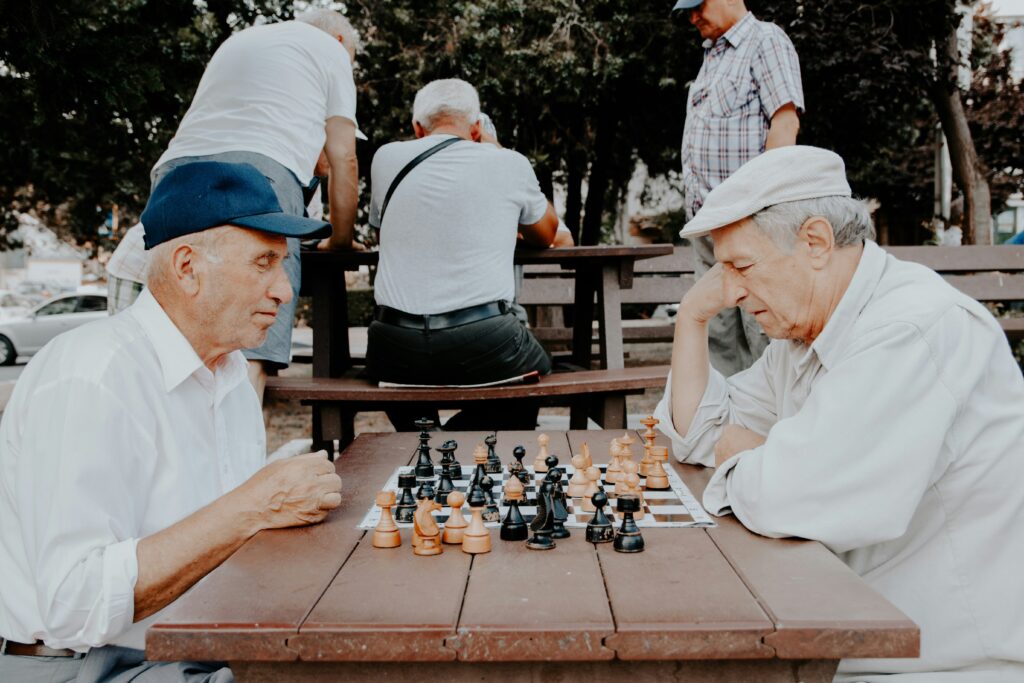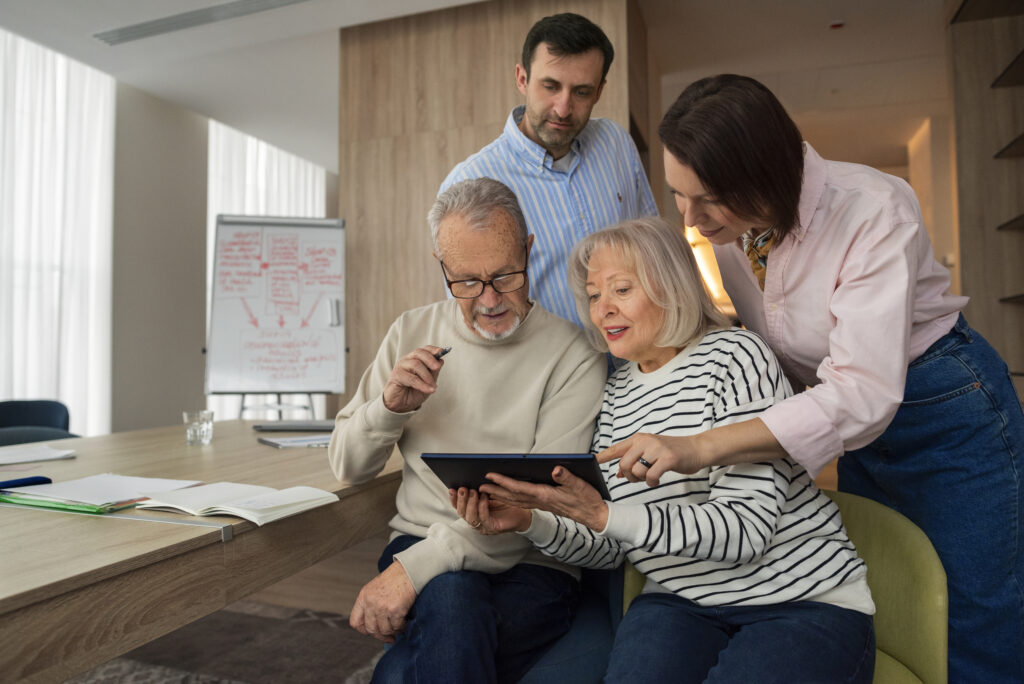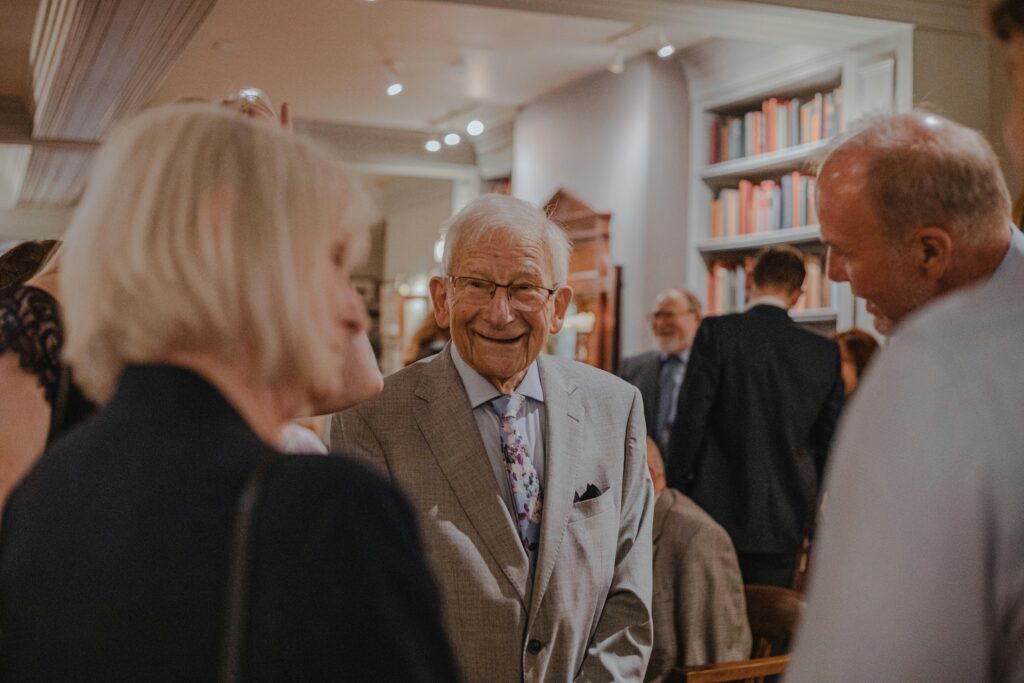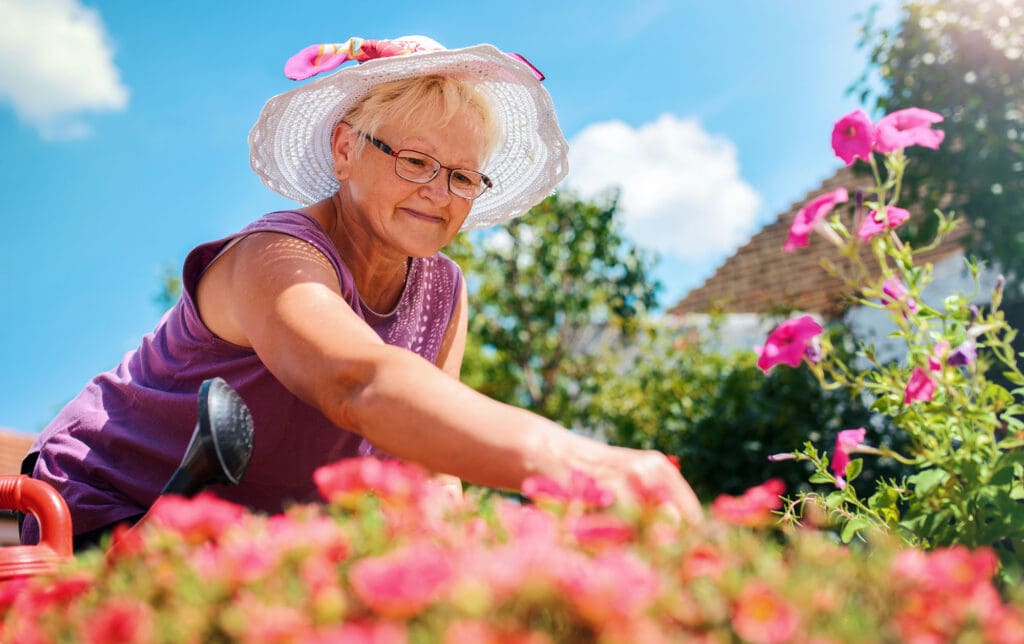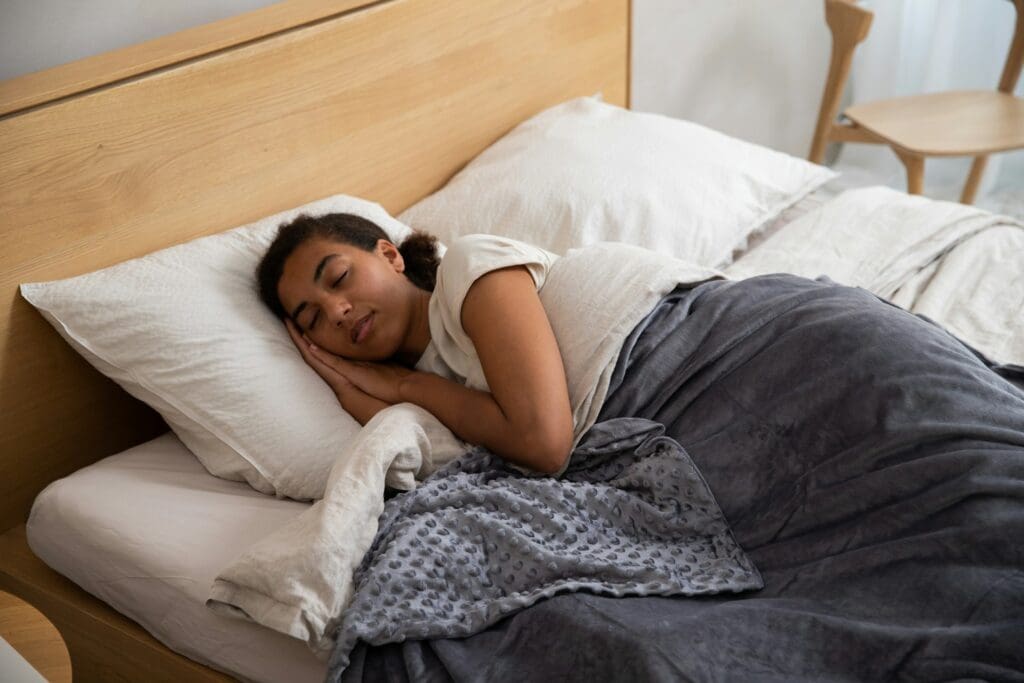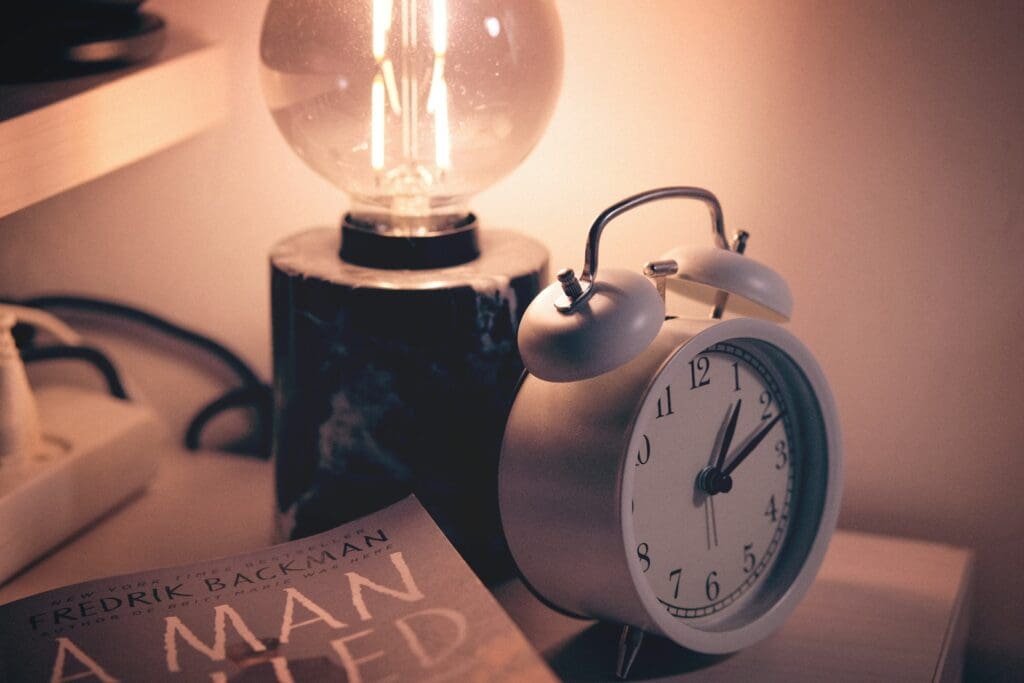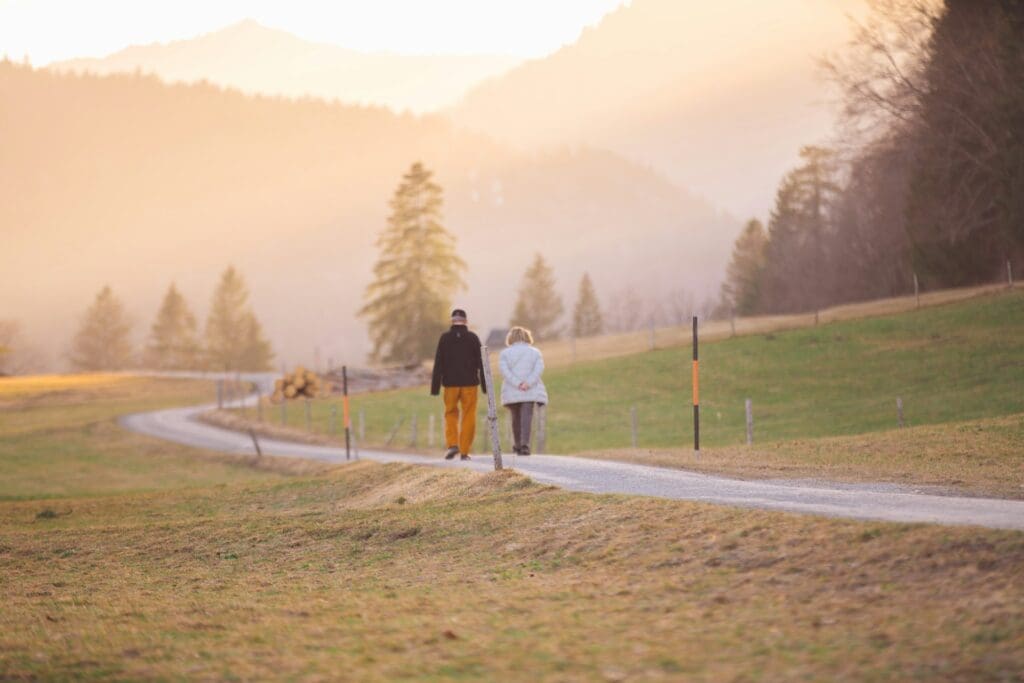Staying Healthy, Happy, and Connected Through the Seasonal Shift
By Devon Sicard, Regional Director of Operations, Waterstone
Are you one of those people who look forward to fall, with its promises of leaf-peeping, crisper days, and pumpkin-spiced lattes, with hints of the holidays on the horizon? Or, instead, do you dread the colder, darker days that herald the coming winter?
I want to share my perspective on why this season can be challenging, but also explore how we can embrace it with intention for a better experience, especially in a senior living context.
I recently met up with two of my colleagues to discuss this issue. Erica Labb and Sarah Turcotte host our podcast, the EPOCH Exchange, where they cover various topics around senior living. If you’d rather listen than read, check it out below:
Otherwise, read on!
The Challenge of Fall

Fall certainly presents both challenges and opportunities for everyone.
But, in all seriousness, seasonal changes do affect older adults, even those with a positive mindset who look forward to Thanksgiving turkey and apple picking.
The problem comes as days grow shorter and temperatures dip. We tend to do less exercise, get less sunshine, and generally take a little less care of our well-being.
The simple shift of the sun setting a little earlier, particularly around the end of daylight savings time, can throw our whole rhythm off. It’s easy to lose track of the time of day, to feel more tired, or even a little low in spirits. I see it with residents, and honestly, I feel it myself.
That’s why routine becomes so important. Even though the seasons change, our day doesn’t have to. Waking up at the same time, eating meals on schedule, and keeping our activities consistent can help us feel steady and secure, no matter what’s happening outside.
The Importance of Light and Vitamin D
One of the biggest shifts we all notice in the fall is the lack of sunlight. Less sunlight means less vitamin D, which is so important for bone health, mood, and immunity. Without it, fatigue and low mood creep in more easily.
That’s why I always encourage people, even if it’s chilly and uninviting, to bundle up and get outside, even just for five minutes. The fresh air and natural light are powerful. At our Waterstone communities, we’re fortunate to have beautiful outdoor spaces where residents can walk, sit, and soak up the autumn sun (if it’s out!).
When the weather really isn’t cooperating, we focus on bright, welcoming indoor spaces. It may sound simple, but keeping indoor spaces bright and closing blinds once it gets dark can help keep the day flowing.
Staying Connected

Something I feel deeply about is the importance of social connection. The truth is, seasonal change can bring feelings of isolation, especially if you’re staying indoors more. But connection is one of the best antidotes to those feelings, whether it’s sharing a meal, joining a program, or just spending time with a neighbor.
As I hinted at earlier, some people love fall and all it brings. Others really feel the negative impact of the seasonal transition. The best way to lift the spirits of those who are feeling low is to get together and socialize. If you love fall activities, share your enthusiasm with someone! Encourage them to head out for apple cider donuts and a brisk walk with you.
At Waterstone, we build social opportunities into every day. Our activity calendars are full: from fitness classes and creative workshops to lectures, live entertainment, and excursions outside the community. Residents are engaged, learning, and laughing together, which means it’s so much more than just ‘passing time’. These meaningful activities, structured and spent with others, can be powerful medicine to fend off any seasonal blues.
Take a look at an example of an activity calendar for Waterstone at Wellesley. Every day, you’ll see opportunities to be social, get moving, or learn something. With these enticing choices, our residents tend to find something that sparks their interest. And, of course, we’re always accommodating to new ideas and resident requests. If someone wants to start a chess club, we’ll help them arrange a space and add it to the calendar.
Movement Matters
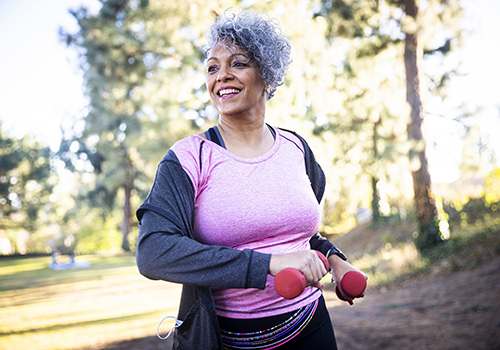
Don’t let the season be an excuse to stay on the couch. Movement is key. Research shows that physical activity doesn’t just keep us strong; it can even slow the progression of diseases and boost brain health.
At Waterstone, we make it easy with a variety of fitness programs. Residents can do yoga, strength training, or balance classes indoors. And when the weather allows, a walk outside, even a short one, can be refreshing and affords us that all-important dose of Vitamin D.
Staying physically active helps us feel more energized and, just like spending time with friends, will help those prone to melancholy feel a little more resilient against the negative effects of colder, darker weather.
Finding Comfort in Traditions

One of the bright spots of fall is its traditions. The season itself reminds us of rituals, particularly in New England. I’m thinking about apple picking, leaf peeping, spooky season, Thanksgiving meals, and cozy gatherings. I find that those rituals help ground us in time. They give us something to look forward to and a way to celebrate the moment we’re in, often together with friends and family.
Here at Waterstone, we lean into the season. Our chefs create menus that showcase the best fall ingredients: hearty soups, roasted vegetables, and warm desserts. We host themed events, seasonal celebrations, and creative activities that connect residents to the traditions they’ve always loved.
You can see examples of this across our communities, from a fall wine tasting at Waterstone on High Ridge to a cross-community, autumn-themed Battle of the Chefs. These activities go beyond the usual calendar activities to tie in the sentiments of the season.
We notice in our communities that these touches really matter and make a difference to residents. Consider similarly leaning into the season at home to give yourself a boost.
Supporting Those at Home
While my focus is on the residents in our communities, I never forget the families at home who are navigating these same seasonal shifts. You might be caring for elderly seniors at home, you might be a caregiver, or you may be a senior yourself, dealing with the change.
Whoever you are, changes in routine, like daylight savings or shorter days, can throw you for a loop and make things harder.
My advice is simple:
- Keep the environment well-lit.
- Stick to a routine.
- Find opportunities for connection and movement.
- Lean into traditions to bring comfort and familiarity.
Those small adjustments can make the season feel less overwhelming and more manageable.
These things mirror what we create at Waterstone. When I look at what makes our communities special during the fall (and really, all year), it’s how we design everything to support wellness in body, mind, and spirit.
- Routine gives us stability.
- Light and time outdoors boost mood and health.
- Socialization combats isolation and depression.
- Movement keeps us strong and energized.
- Tradition brings joy and connection.
It all works together. When residents come here, they’re not just adjusting to a new season of the year. Instead, they’re embracing a lifestyle that makes every season a fun experience.
Final Thoughts
There’s no getting away from it: Fall in New England will always bring shorter days and cooler weather. But that doesn’t mean it has to bring decline or low spirits. With intention, this colder season can be full of warmth.
At Waterstone, that’s what we strive for. We make sure residents don’t just “get through” the season, they thrive in it.
If you want to find out more about embracing fall as part of the Waterstone lifestyle, contact us to speak to a member of our team or arrange a tour of your local community.



